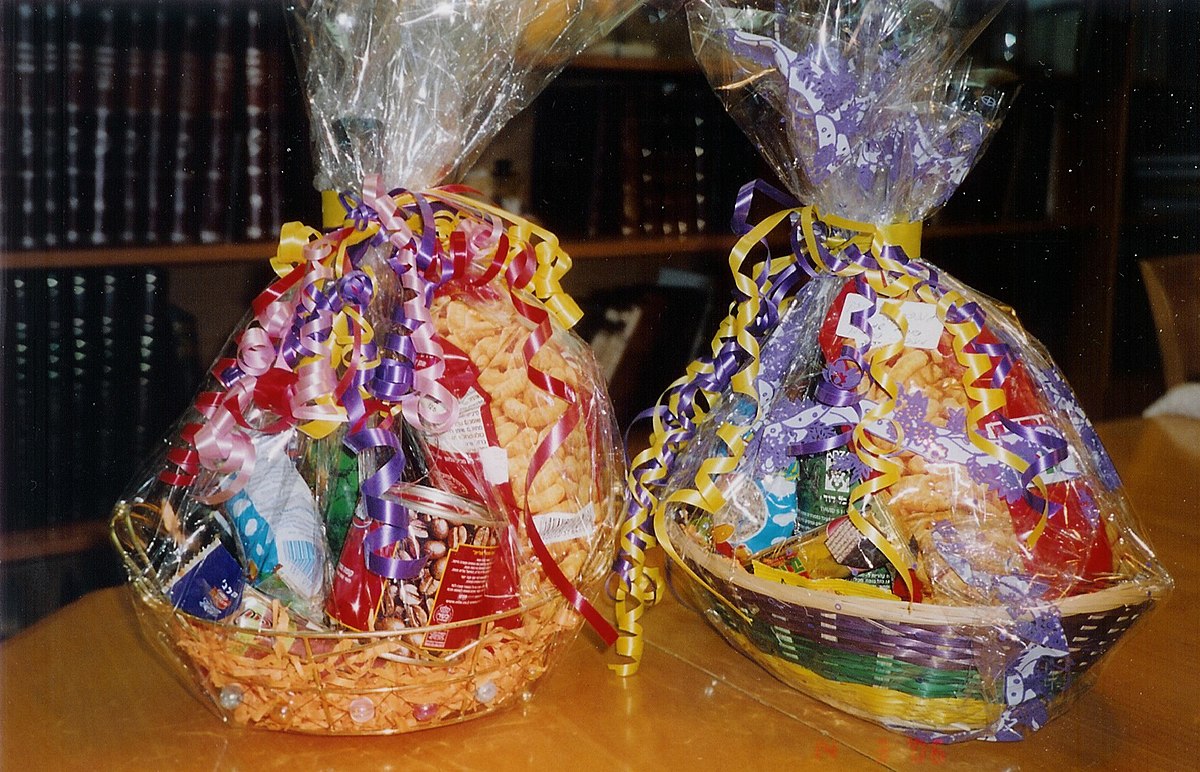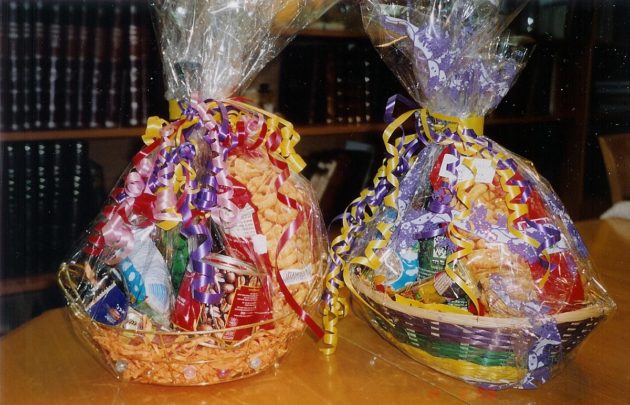
What Purim in Israel Taught me About Inequality
 It isn’t as if on other days we could keep our home situation a secret. We examined each other’s outfits with sharp eyes, and knew whose parents could afford Levi’s jeans and Adidas high-tops and whose couldn’t. The kids who only wore faded t-shirts and loose-fitting sweatpants were the dire cases, and yet even such clothes were better than a button-down blouse or (god forbid) a dress that traveled with us from Moscow or Bucharest.
It isn’t as if on other days we could keep our home situation a secret. We examined each other’s outfits with sharp eyes, and knew whose parents could afford Levi’s jeans and Adidas high-tops and whose couldn’t. The kids who only wore faded t-shirts and loose-fitting sweatpants were the dire cases, and yet even such clothes were better than a button-down blouse or (god forbid) a dress that traveled with us from Moscow or Bucharest.
And if the clothes didn’t give us away, our complexions and our accents did. Even with a nicer backpack or brand-name jeans a kid whose skin color was a shade too dark, or whose softened syllables betrayed a hard-to-pronounce birthplace, would be branded as a poor outsider and shunned by the wealthy sabra Ashkenazis.
The working-class neighborhood I lived in was on outskirts of Kfar-Saba, a mostly middle-class town in the HaSharon region. Not long before we arrived the residents were mostly Mizrahi—immigrants from North Africa and the Middle East who arrived in the 1960s. By the early 1990s some of the original families began to move to better parts of town, making room for new Russian immigrants like us.
When we moved there, the sprawling housing projects were still surrounded by citrus groves. Gradually the orange trees were cut down and replaced by brand new whitewashed ‘villas’ and spacious apartment buildings. The Ashkenazi children from those new developments were driven to school in a minivan and had an air of privilege that we all envied.
Despite the clear divisions between the Ashkenazis, Mizrahis, and East European immigrants, between the rich and the poor, our classroom was usually quiet. Most of us accepted our place in the hierarchy, stuck to our own kind, and only picked fights when we could win. The teachers also seemed content with this status quo. They called on the smart Ashkenazi girls at the front of the class, but rarely on the second-generation Yemenis and Moroccans in the back. They assumed that the immigrants would do poorly in Hebrew and Tanach and usually handed back my essays with a B or a C scrawled on the bottom.
But Purim was different. On Purim we were supposed to step out of our castes and come together as Jews, as Israelis. After all, the Book of Esther distinguishes the mishloah manot, or the sending of portions from matanot l’evyonim, the gifts for the poor. Commentators say that mishloah manot is an exchange of gifts between equals, meant to foster friendship among Jews.
Needless to say that it didn’t work out that way in our school. As the teacher drew our names out of a plastic bowl, I watched my classmates grab the colorful packets, dreading the moment when someone would take my small mishloah. Since money was tight and my mother believed in healthy eating, I was rarely allowed to buy candy. I had to fill my packet with dates, shelled walnuts, and hamantaschen. I knew that whoever got it would be sorely disappointed and wouldn’t hide his resentment at having to exchange with a “Russian.” To make matters worse, I couldn’t help but covet the large, festive baskets filled with my favorite candy that the kids from the new developments brought.
I don’t know if our teachers had devised this activity intentionally, to try to bridge the gaps between us, or if it was just something to do on a holiday. I remember it along with the many times when, as a “Russian” immigrant, I was told to join a group where I wasn’t welcome or when a teacher took me aside for “a talk” out of half-hearted charity. Perhaps the Mizrahi students were subjected to the same treatment, though I doubt it. It’s more likely that, as a fixture of the neighborhood, they’ve been abandoned to their stereotypes of poor students and trouble-makers.
The classroom ritual of the mishloah manot, along with these other experiences, made me profoundly suspicious of any superficial or one-off attempts to combat inequality. The exchange of Purim baskets only intensified our divisions because, for the rest of the year, the school did little to combat the inequalities that shaped our lives.
*
On Purim, we like to tell a simple story of the victory of good over evil: the virtuous, resourceful Jews defeating a murderous tyrant. Yet even as a child that narrative rang false. My parents and I escaped Soviet anti-Semitism only to find ourselves exploited or bullied by Israeli Jews. In the microcosm of the elementary school classroom, the Mizrahi kids were usually the ones who called me names, yet on days like Purim I felt that they were also allies of sorts. The teachers, who were supposed to be my protectors, only intensified my anguish and humiliation.
And so for me Purim does not bring to mind the easy lessons of storybooks, but the hard ones acquired through contradictory, often difficult experience—my own and others’. The Jewish tradition, though rich in storytelling, rarely encourages these kinds of stories.
Perhaps it should. The stories of children, of the excluded, of those on the margins of society help us understand oppression and inequality in a way that the larger, ‘heroic’ narratives do not. They help us see, for instance, that a rivalry can also be a kind of camaraderie, and that a thoughtless act of charity can do more harm than good.
By now, we know all we need to know about victory over evil tyrants; but these more complex, often less satisfying lessons are ones that, as a community, we are just beginning to learn.



